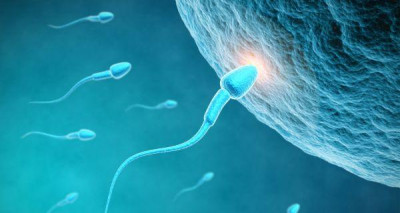Healthy sperm: Improving your fertility
Sperm Count is one of the most important characteristics in male fertility. Research shows that in more than half of infertility issues in couples, low sperm count is the cause. According to the World Health Organization, sperm count of more than 15 million sperms per milliliters in considered normal. In semen analysis which is a test for sperm quality to find the underlying cause of male infertility, the following parameters are measured: sperm count, sperm motility, sperm morphology, volume, fructose level and pH.
What determines sperm health?
Sperm health depends on various factors, including quantity, movement and structure:
- Quantity. You're most likely to be fertile if your ejaculate — the semen discharged in a single ejaculation — contains at least 15 million sperm per milliliter. Too little sperm in an ejaculate might make it more difficult to get pregnant because there are fewer candidates available to fertilize the egg.
- Movement. To reach and fertilize an egg, sperm must move — wriggling and swimming through a woman's cervix, uterus and fallopian tubes. This is known as motility. You're most likely to be fertile if at least 40 percent of your sperm are moving.
- Structure (morphology). Normal sperm have oval heads and long tails, which work together to propel them forward. While not as important a factor as sperm quantity or movement, the more sperm you have with a normal shape and structure, the more likely you are to be fertile.










